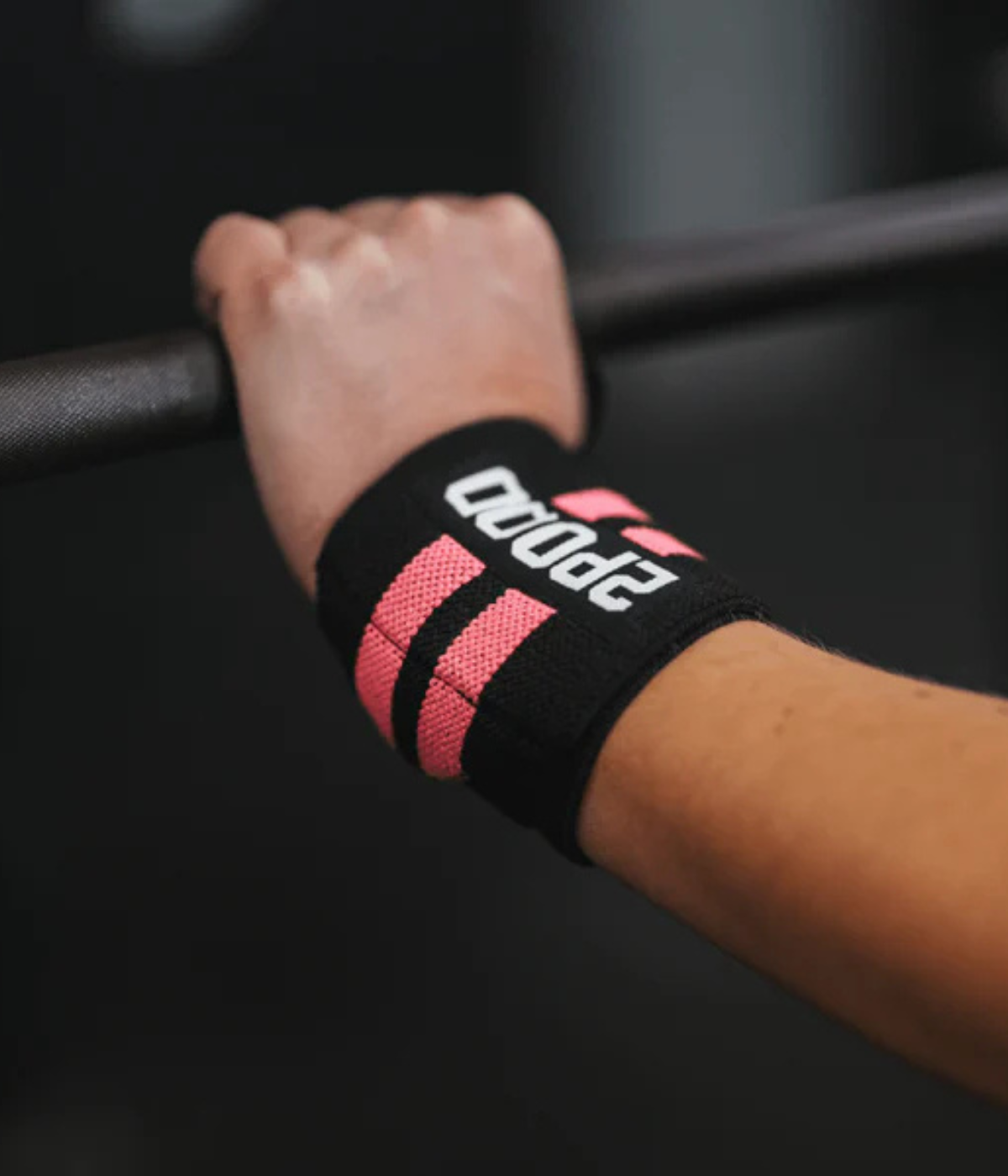Maybe you’ve got your pre and post-workout protein and energy down-pat. But then you keep hearing about creatine. Should you incorporate this supplement into your diet? What are the advantages of using creatine? For anyone looking to build muscle, creatine can enhance your energy to do so.
Surprisingly, the body already creates creatine on its own. The liver, pancreas, and kidneys can produce around one gram of creatine each day. So, why bother with supplementation? In this article, we dig into the benefits of creatine, who should take it, and how you can incorporate it into your regular weightlifting routine.
What Exactly Does Creatine Do?
Technically, creatine is an amino acid primarily found in the muscles. It’s actually the most tested supplement, meaning there’s tons of evidence supporting its safety and use. The power of creatine lies in its ability to produce more muscular energy, enhancing performance in the gym.
So, how does it work exactly? Creatine helps you increase muscle mass by:
-
Allowing you to amp up your workload. Studies show how taking creatine can boost performance, upping your weight or volume. In turn, this drives muscle growth.
-
Enhancing cell signaling. Creatine can boost satellite cell signaling, which enhances muscle growth and repair.
-
Increasing cellular hydration. Creatine helps keep your muscle cells full of water, which is thought to play a vital role in increased muscle mass.
-
Preventing the breakdown of protein. Creatine may prevent muscle breakdown.
-
Improving mitochondrial function. Studies show how creatine can help protect the mitochondria (the powerhouses of the cells), allowing your body to produce adequate energy (ATP) to fuel your workout.
-
Decreasing the impact of sleep deprivation. If you have a bad sleep but still want to hit the gym, creatine can help you decrease the impacts of sleep deficits.
Countless studies show creatine’s impact on muscle growth and performance. In one study lasting 12 weeks, weightlifters experienced double to triple the growth in muscle fiber and significant increases in their bench press one-rep max when taking creatine.
A scientific review of creatine further noted that creatine could increase strength by 8% and weightlifting performance by 14%. If you’re an avid gym-goer, you know this is really significant!
And there’s more to creatine than just muscle growth. There is promising research showing how this supplement may help improve common neurological conditions, such as Alzheimer’s Disease, Parkinson’s Disease, Huntington’s Disease, stroke, and more.
Creatine may also help with the management of blood sugar and aid in the treatment of nonalcoholic fatty liver disease.
What Are The Negative Effects of Creatine?
Creatine is relatively safe, with side effects being a very rare occurrence. In fact, creatine is considered safe when taken for 4-5 years. At the same time, some people may report bloating, weight gain, and digestive cramps.
Who Should Take Creatine?
The truth is most people can benefit from taking creatine. It’s beneficial for older adults to help improve muscle mass and memory deficits. It’s advantageous for weightlifters and athletes to enhance their performance and gain muscle mass.
Additionally, individuals with vegan or vegetarian diets may benefit from creatine since, naturally, it can only be obtained through animal sources, such as red meat and fish. It may further not be suitable for individuals with kidney or liver problems (More research is needed).
How To Use Creatine
The most common form of creatine is creatine monohydrate (This is also the most studied form of creatine). When taking creatine, it’s important not to do so with caffeine as this can actually decrease the effects of this supplement.
Generally, with creatine, you start taking this supplement in a “loading phase.” This helps build up creatine stores in the muscle tissue, meaning after this phase, you won’t have to take as much creatine. Start by taking 20 grams of creatine for the first five days or week. It’s likely going to be easier to take this amount divided into three to four servings during your day. Taking it with meals can also enhance absorption.
After the initial five to seven days, reduce the amount of creatine daily to three to five grams. This maintenance phase often goes on for about 16 weeks. However, after two weeks of not taking creatine, your muscle stores of this amino acid may significantly decline. Researchers indicate that creatine is safe to take for up to four to five years.
Lastly, make sure you stay hydrated when taking creatine since it pulls water into the muscle cells.
Get Started Today, So You Can Lift More Tomorrow!
Creatine takes your weightlifting regime to the next level. Plus, it has ample other health benefits, propelling your overall health and wellness forward. As one of the most affordable and safest supplements on the market, you have almost no excuse not to try it!
As with any new supplement, you may want to discuss your options with your doctor before you begin taking it—especially if you have any underlying health conditions.

















Leave a comment
All comments are moderated before being published.
This site is protected by hCaptcha and the hCaptcha Privacy Policy and Terms of Service apply.